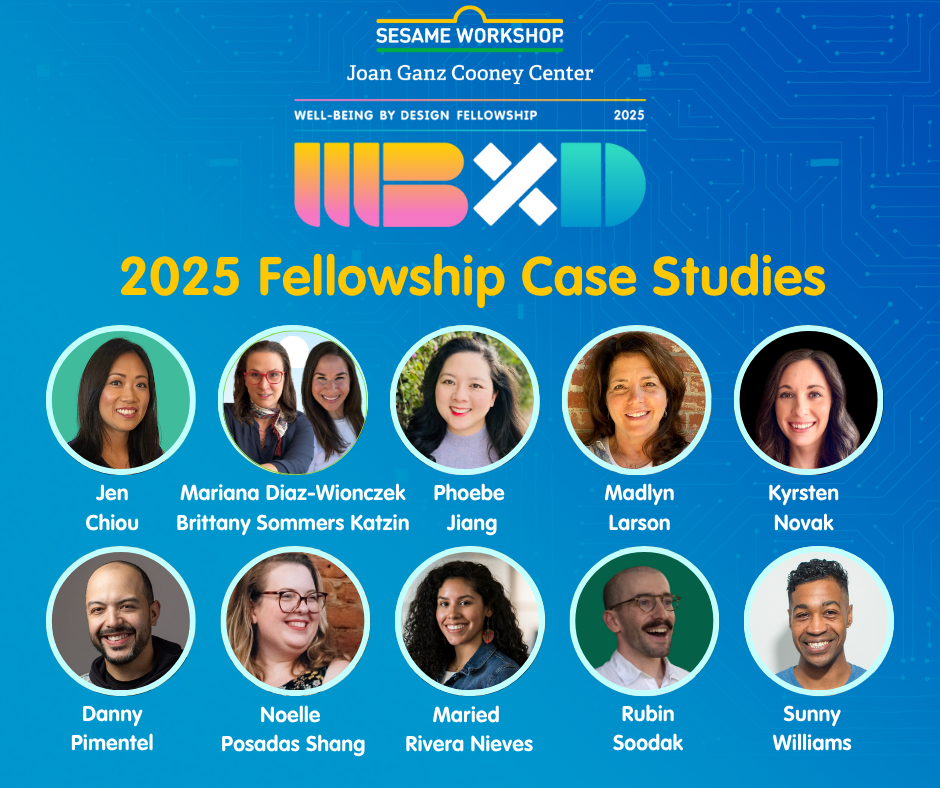 At SCE, we aim to support and influence the emerging world of anywhere, anytime, any-device, access-for-all learning. Our vision, of course, relies heavily on high-quality digital media, and on aiding the people and organizations with the potential to create tomorrow’s innovative digital learning products.
At SCE, we aim to support and influence the emerging world of anywhere, anytime, any-device, access-for-all learning. Our vision, of course, relies heavily on high-quality digital media, and on aiding the people and organizations with the potential to create tomorrow’s innovative digital learning products.
But we (and the field) have a problem: No one knows where digital learning’s killer apps will come from.
Here is a quick take on potential sources of high-quality digital learning media—which I’ll define (for simplicity’s sake) as age-appropriate, highly engaging, and efficacious for learning.
Big Ed
Major textbook publishers like Pearson and The McGraw-Hill Companies boast an unmatched distribution channel–their products already reach tens of millions of kids in schools. They also have capital to deploy on new technology platforms, and promising (though far from market-ready) projects aimed at bridging the education-entertainment gap. But our existing education system is very profitable for textbook publishers; so they don’t have much incentive to disrupt that system with new learning models or products promoting unconventional, higher-order skills (e.g. systems thinking).
Entertainment, Technology, and Media Conglomerates
Products from entertainment businesses like The Walt Disney Company and News Corporation and tech giants like Microsoft and Google dominate the other half of children’s waking hours. Yet none of these companies have succeeded in breaking through in education. Again, this is as an incentives problem: It is highly profitable to create entertainment products with minimal learning value (Grand Theft Auto); and only slightly less profitable to create products that seem to be educational, but aren’t (Baby Einstein). Yet it is not very lucrative, at least in the short term, to do research and design work necessary to create high-quality digital learning media. The same dynamics will hamper toy companies as they become more techie and learning-focused.
Digital Learning Start-ups
The great cliché of innovation is that it arises from smaller, lighter, nimbler, younger, higher-risk organizations. There’s a reason this became cliché—in markets from television to enterprise software, it describes events quite well. Already, digital learning has its share of promising start-ups started by engineers, entrepreneurs, teachers, and parents. Here’s the rub: The sector suffers from a middle management talent shortage; not enough incubators or service providers; not enough distribution channels; shifting business environments; and many of the same profits-over-deep-learning incentive constraints (in this, case from venture capitalists) that experienced entertainment and education companies face.
Social Sector, Government, and Academia
I am lumping these together partly for brevity and partly because they often share commonalities: a pro-social vision, significant funds, and high-IQ talent; combined with unwieldy bureaucracies, top-down decision-making, and a lack of understanding of market forces. They can succeed—just look at Sesame Street or, more recently, Gamestar Mechanic. But it’s unclear that in a distributed, networked world, civic-minded organizations can create competitive products. The real wild card is the open educational resources movement. It’s hard to underestimate OER’s potential after visiting a site like Khan Academy. Nevertheless, how to create quality standards and achieve financial sustainability remain open questions.
Kids
Don’t laugh—look at what teens are creating in the Scratch community, ThinkQuest competitions, and the STEM Challenge. The concept of kid designer-entrepreneurs raises concerns (privacy, commercialism), but if the field is serious about helping kids learn to create and innovate, we need to take seriously what kids are already creating.
All of these groups will play crucial roles in the new learning ecosystem. Our challenge is to influence the market and help face down the problems I highlight above, so the field can work together in the service of kids’ learning. Disagree? Argue with me in the comments or find me at the Cooney Forum.
Ryan Blitstein is Executive Director of SCE, a social investment organization that connects talent and innovation with market forces to drive social change. He oversees SCE’s Digital Learning program, which focuses on the potential of digital media technologies to help children learn and practice both traditional and 21st century skills. Mr. Blitstein serves as board treasurer of Global Press Institute, a nonprofit that trains and employs women in the developing world as investigative reporters, and he is a member of the Chicago Committee of Human Rights Watch, one of the world’s leading independent organizations dedicated to defending and protecting human rights.

